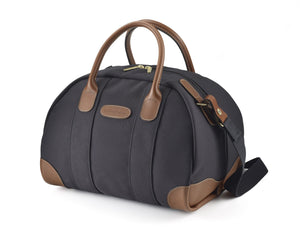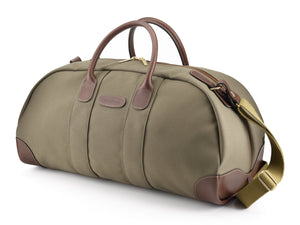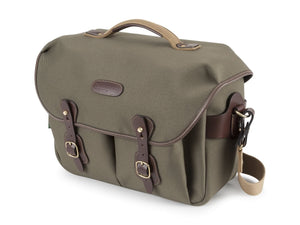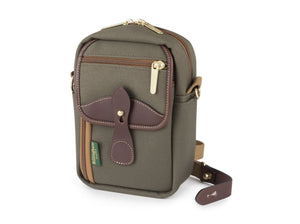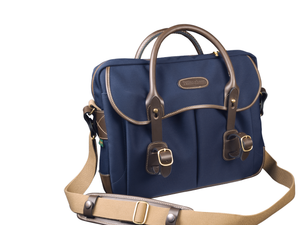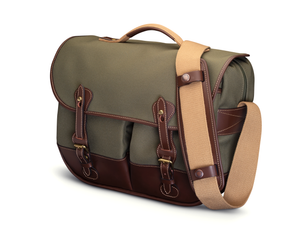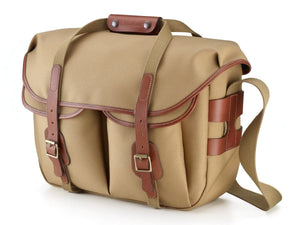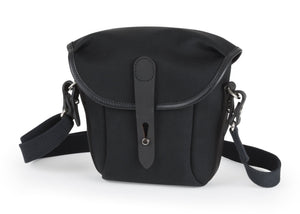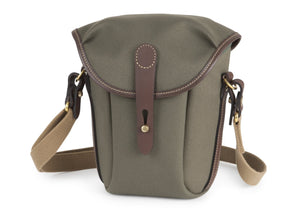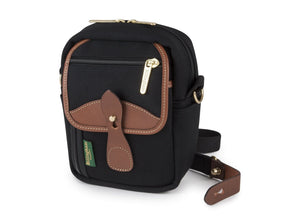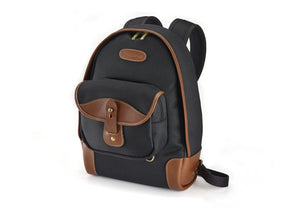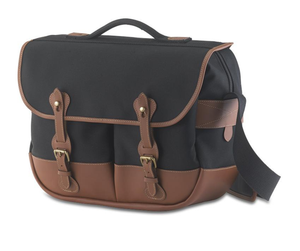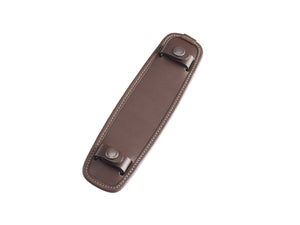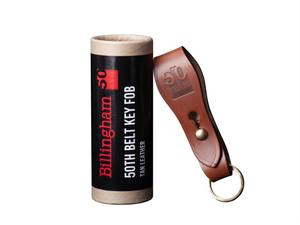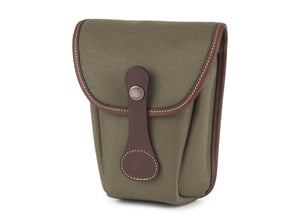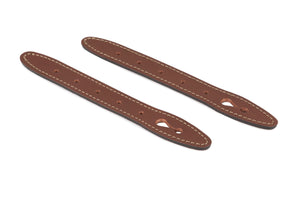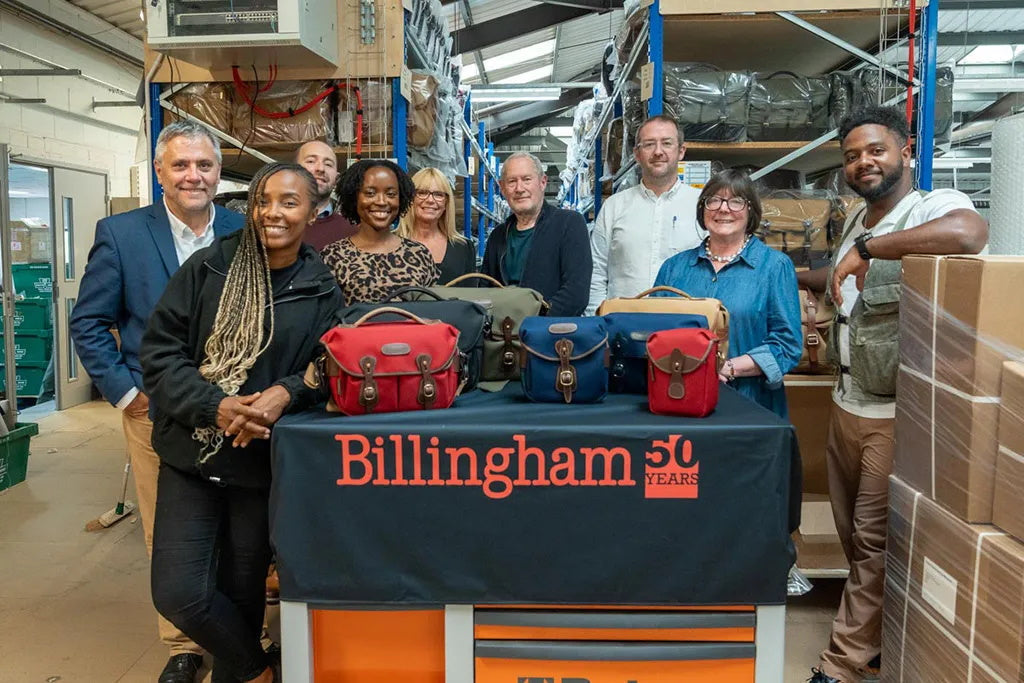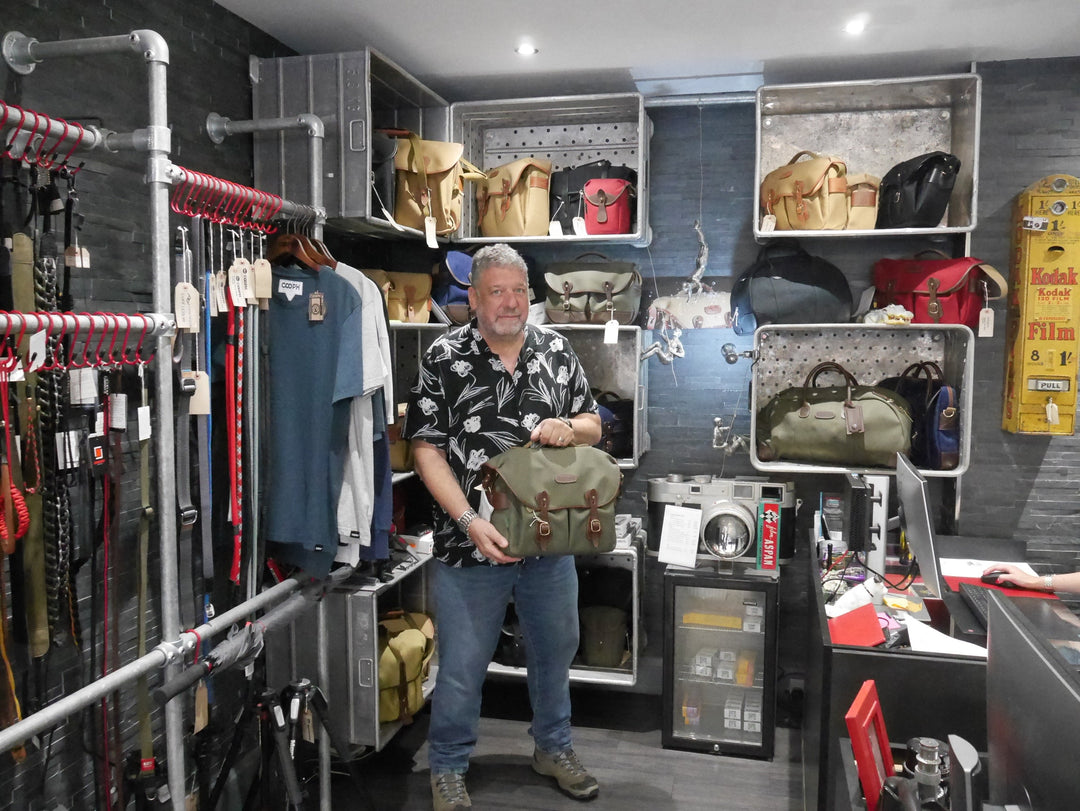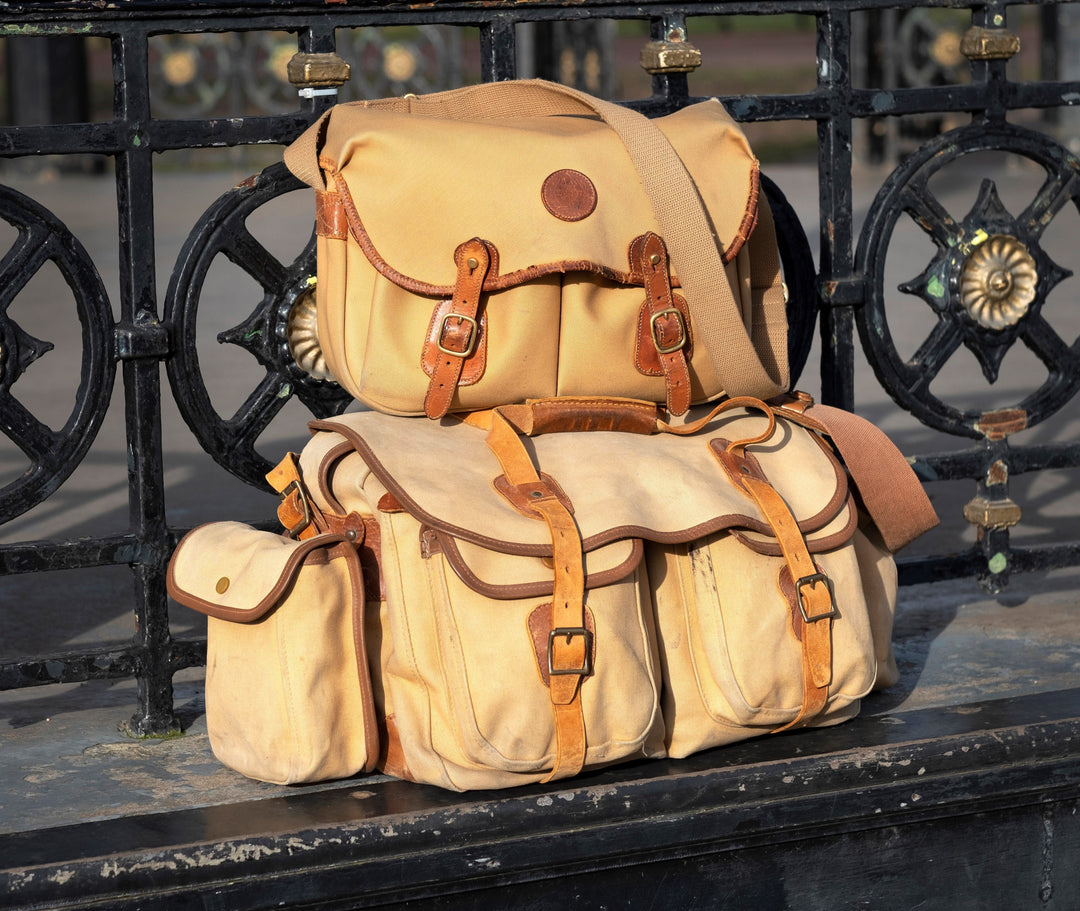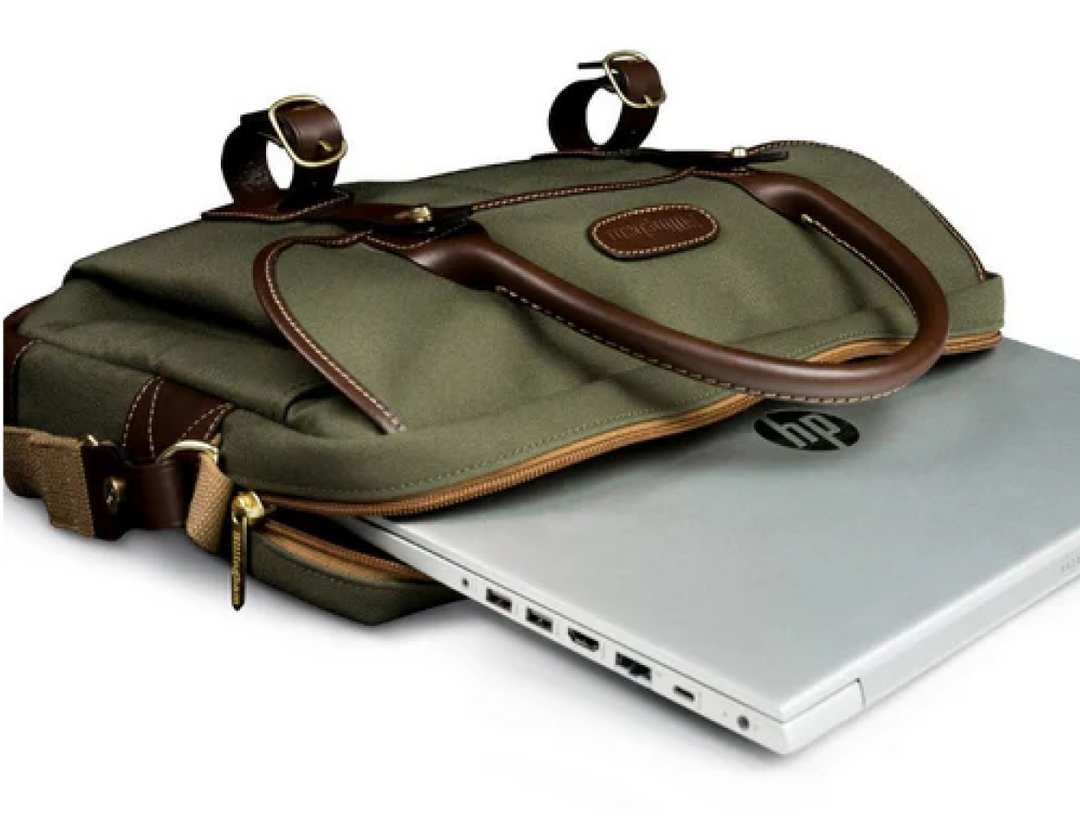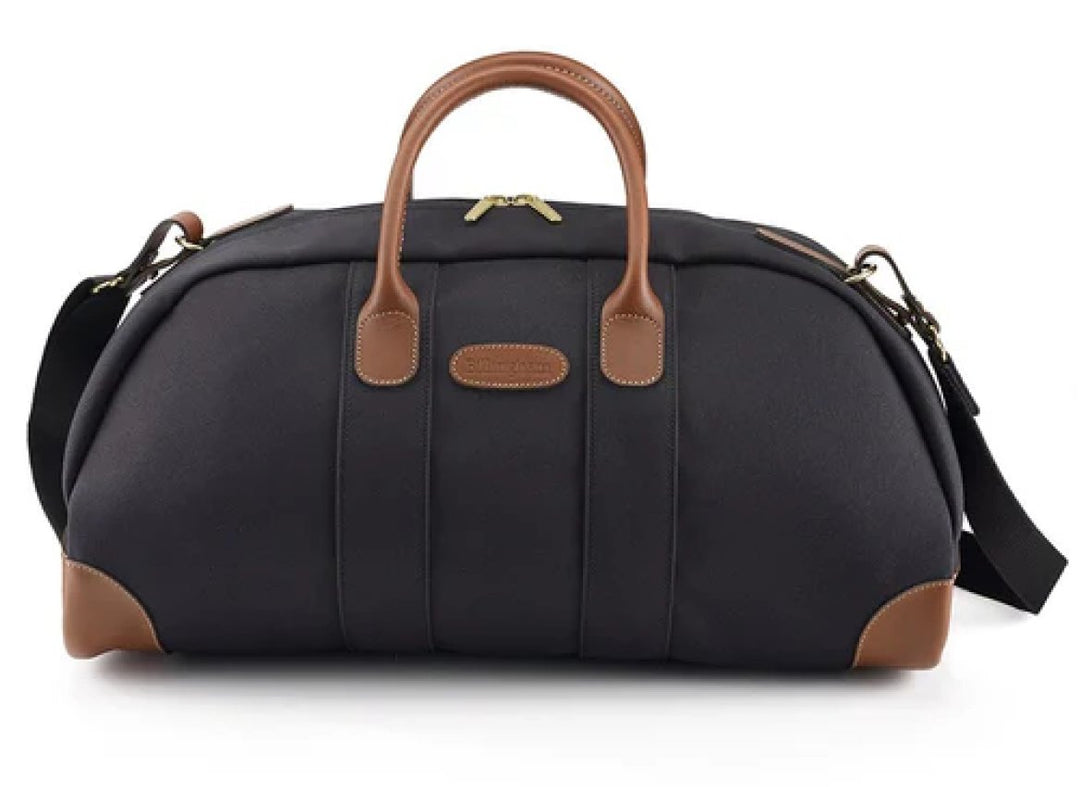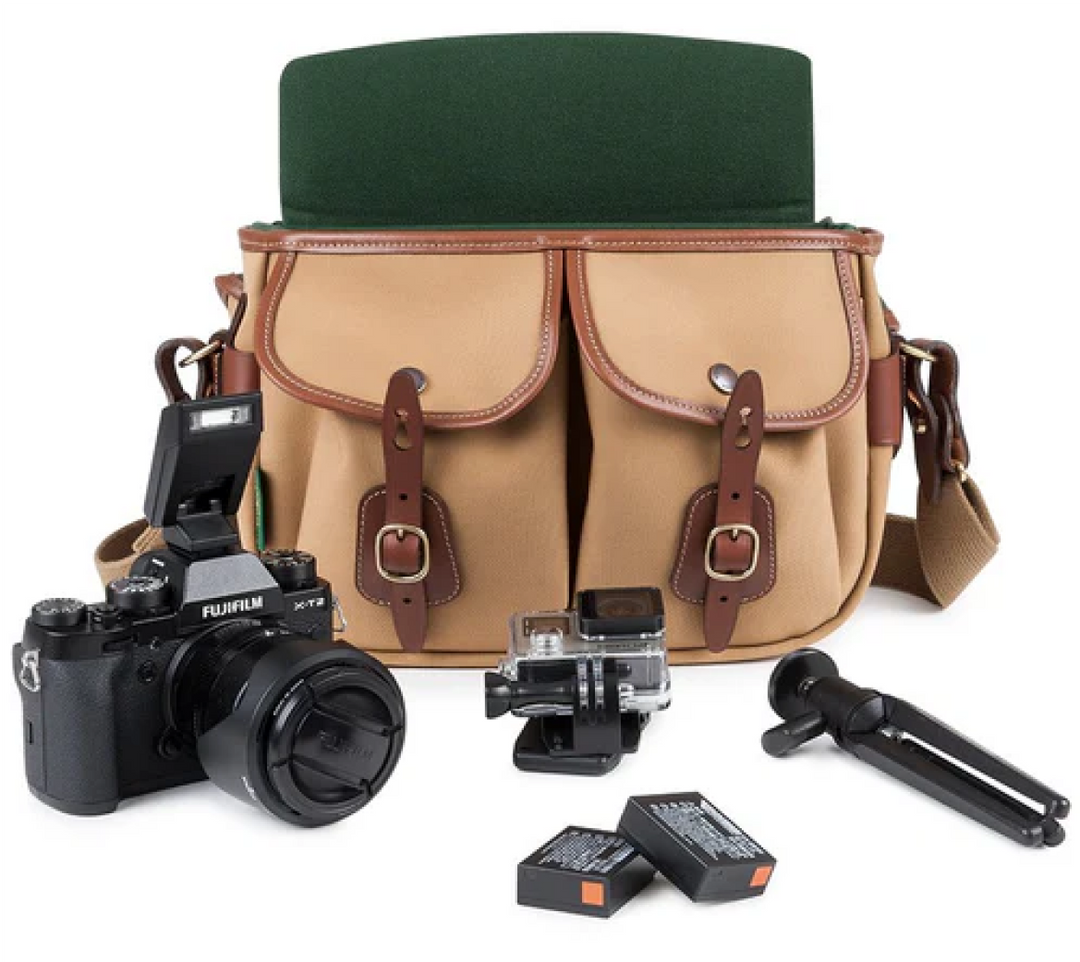Luke David Kellett: Portraits of Newcastle During COVID-19
Born in Yorkshire, England early in his career Luke worked in a dark room and photographed bands for major record labels in London. In 2008 he moved to Australia where a chance encounter with a community of artists, musicians and performers lead to his first major photographic project ‘This City Speaks To Me’. We caught up with him following the completion of his project ‘Isolation’ and talked about his life, career and perspectives.

A portrait of Luke Kellett.
Can you tell us a bit about yourself and your background?
My name is Luke Kellett and I am a photographer born in Yorkshire, England. My Dad’s family were miners from Shotton Colliery in the North East of England, his mum and her family were known as ‘Lucht Siuil’ (Irish travellers). My Mum’s family are from York, most of them are still living in Yorkshire now. My Dad was a computer control engineer in the 80’s and 90’s before passing away when I was a teenager; my Mum was a nurse her whole career, caring for others. It was a pretty varied and at times challenging upbringing, but one that I’m very grateful for as it’s shaped my view on life and distilled some pretty strong principles.
How did your photography journey begin?
I am fascinated by humans of all walks of life and use my camera to explore, unearth and hide my way through encounters with people from all walks of life. I lived in London for a number of years assisting some great photographers and working as a pseudo apprentice at Rapid Eye Darkroom in the early 2000’s.
A bunch of my friends were great musicians and were signed to some pretty high profile record labels early in their life, I was never a great musician so my contribution to my friendship circle was to document what was happening. This luckily got me a head start working for some pretty awesome record labels in the UK.
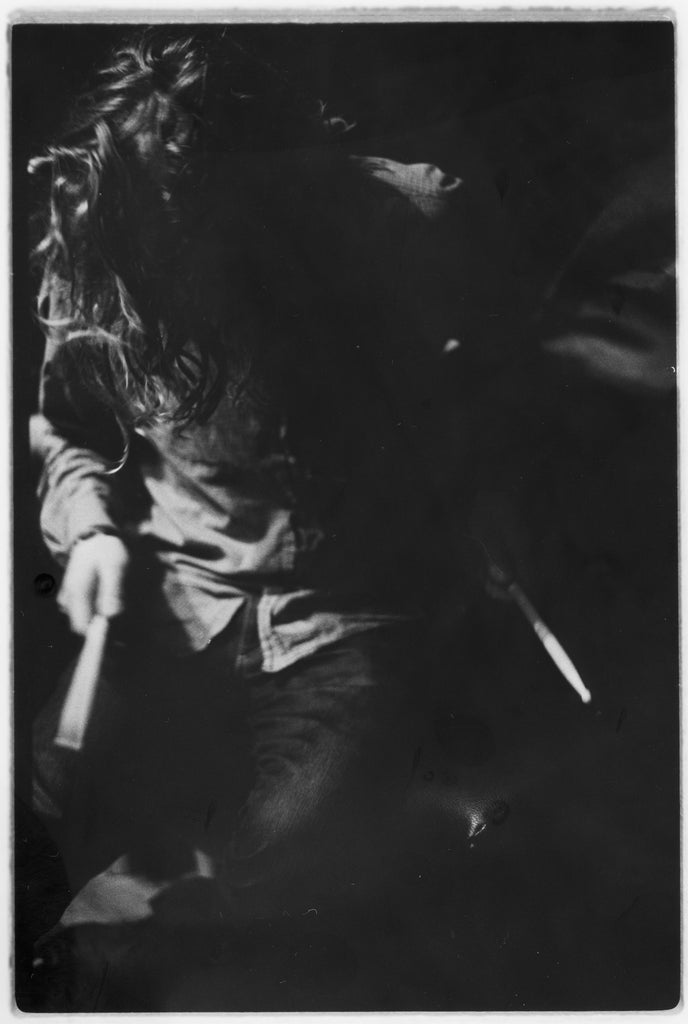
Some of Luke’s music photography.
In 2008 I left the UK to travel to Australia, I arrived not knowing anyone. As luck would have it, I met an incredible community of artists, musicians and performers. This chance encounter led to my first major photographic body of work titled “This City Speaks To Me”. For three years I documented the lives of those that inspired me in Melbourne, taking portraits in a makeshift studio with a large format camera and some of the last Polaroid Type 55 film I could find. The State Library of Victoria recognized the project as a prominent documentation of sub-cultures within Melbourne’s underground, they purchased the entire body of work in 2011; the collection of work now lives in their archives.

Scene from the Boho Ball. Part of Luke’s “This City Speaks To Me” series.
During my time in Melbourne I also met my wife, Sarah Cook. After the project finished, we relocated back to her home town of Newcastle to run our creative agency, Headjam.
Today I work on multidisciplinary projects with our business partner, Mike Preston, and our growing team of 12 creatives who encompass all types of wonderful abilities.

Jordie Lane Album Photo by Luke David Kellett.
Can you tell us about your ‘Isolation’ project during the COVID-19 pandemic? What made you start it and what can people expect to see?
I’ve only felt compelled to work on major bodies of photographic work twice in my life, on both occasions I’ve picked up my camera and started shooting. I think it’s my way of understanding what is occurring around me, I use my camera as a bit of a shield and a tool to mentally process situations.
In March this year, at the onset of COVID-19, no one knew what was going to happen next and I wanted to understand how others were coping with lockdown and the global pandemic. My way to do this was through my camera, and I started collecting people’s stories through words and portraits. The portraits were a combination of architectural images and staged, formal family portraits, this was due to a combination of physical distancing restrictions and wanting to visually showcase people’s built environment. Over the course of the three months of hard lockdown we had here in NSW, Australia, I collected 60 stories; the project is called “Isolation: Portraits of Newcastle During COVID-19”.

A photo from the ‘Isolation’ project by Luke David Kellett.
Why did you decide to use a ‘uniform’ approach to your photography for the isolation project?
The work is considered a ‘typology’ which means a collection of images that all share common traits, usually framing, film type / look and feel. Apart from personally loving the uniformity of typologies, everything around the world at the time was chaotic and unknown. Photographing this project as a typology provided some structure that I could cling on to. Pedantically obsessing over the tiny details of matching the images calmed me down, grounded me and gave me focus during a very strange time.

A photo from the ‘Isolation’ project by Luke David Kellett.
Is there anything that has stood out to you during the pandemic?
I think the world is quite divided right now, and 2020 in some respects has separated us further both physically and mentally. I hope that out of this year can come some unity, or at least more patience with each other to listen, learn and grow. I’m hoping 2021 brings more action and conversation on our united global struggle against climate change.

A photo from the ‘Isolation’ project by Luke David Kellett.
You spent a lot of time photographing and documenting others in isolation, but how did you find it personally?
It’s been an interesting year. Myself and Sarah, my wife, have a two year old son called Jude, so there has been some great experiences spending more time with our little family at home. The other side of things though is that we have 12 full time staff at Headjam, the creative agency that we both run together, and navigating this period, keeping everyone employed (which we did and are very proud of) as well as supporting all our clients and juggling home life has been the toughest challenge we’ve ever faced in the 10 years we’ve been running the business.
Working on this project was a great thing to channel my energy into, I hand processed all of the colour sheet film myself in our darkroom so I guess there was an interesting form of meditation happening that enabled me to stay strong mentally for the team.

A photo from the ‘Isolation’ project by Luke David Kellett.
What equipment is in your kitbag currently?
I’ve been shooting a lot of large format portraits this year so my work bag (Billingham 207 black with the awesome side pockets) currently has my treasured Linhof Master Technika, 150mm Schneider APO Symmar, 110mm Schneider XL, 210mm Rodenstock, ten 4x5 film holders in the side pockets, my trusty Minolta meter, darkcloth and a loupe.
My everyday carry is a Billingham Hadley One that contains my MacBook Pro 13”, hardrive, lots of cables, a Moleskine and my Leica MP with 35mm Summilux and Kodak Tri-X film. This pretty much goes everywhere with me.
Do you always use large format and film cameras and is there a reason that you prefer that over digital?
I shoot a mixture of film and digital. But film has my heart. The main reason is that I personally find the process much more enjoyable, the slow, methodical nature allows me to have some space from taking the image to editing and sequencing. Ten years ago, things were looking pretty bleak for film, but it’s had a huge resurgence which is great to see. It has a place in the world I think, maybe not for fast paced commercial work anymore but definitely a place unto its own.

Some of Luke’s large format gear.
How did you hear about Billingham bags?
Ahh Billingham. I’ve had the pleasure of owning your bags for over 15 years. I got my first Billingham, an L2, in a trade with a great photographer called Marcus Doyle in the early 2000’s along with a Mamiya 7ii. It’s the only Billingham bag I no longer own and it’s a big regret. From there, every time I buy a new kit or large project that has specific needs I get or reuse one of my Billingham's, they’re the best bags in the world and I’ve tried a lot (seriously a lot!).
View this post on Instagram
Luke’s Billingham 445 with Phase One gear.
Which Billingham bags do you own and how do they help you with photography?
OK, it’s a long list:
- Hadley One Black FibreNyte (plus large and small end pockets)
- Hadley Pro Khaki Canvas and Tan Leather
- 445 Khaki Canvas and Tan Leather
- 307L Black FibreNyte (plus end pockets)
- 207 Black FibreNyte (plus end pockets)
- Pola Stowaway Black Canvas
- Weekender Duffel Black FibreNyte
I think most photographers have some form of OCD, I like uniformity in my kit, my photography and life, probably to some unhealthy extreme. So sticking with one camera bag system makes me happy. Why I choose Billingham is the quality. These are literally lifetime purchases. The fact that you hand make them makes me smile, I guess it reminds me of what I enjoy about film photography – high quality, an investment but unlike anything else. Supporting a British company is also pretty great, and that you continue to manufacture in the UK. All that aside, they are just superb at helping me pack the essentials and keeping a tight kit bag together for all assignments, they fly super well in hand luggage and don’t attract attention (apart from other photographers).

Luke David Kellett with his Hadley One, Hadley Pro, 445, 307L, 207, Pola Stowaway and Weekender.
Do you have an ‘idol’ or role model in the world of photography? Please tell us who and why.
I have had the privilege to call three people mentors in my photographic career, George Ktistakis a fantastic portrait photographer who I assisted for a number of years in London, Lee Williams who is a master colour printer that owns and operates Rapid Eye Darkroom and lab in East London, and James Geer who is a portrait photographer based in Melbourne, Australia. All three have shaped my photographic work and life in different ways.
Outside of my network I’m a big fan of Alec Soth’s work from the USA. I’ve recently been introduced to Bernd and Hiller Becher by my friend Simone Rosenbauer (also a great photographer), their work and typologies are just superb.
You were previously employed in London by the Atlantic and Sony record labels to produce album art and press shots in the early 2000’s. How did you get into that? That must have been quite an exciting world to be in when you were just starting out.
Yeah, it was an amazing entry into photography. A number of my friends were great musicians and were signed to those labels in quick succession and took me along for the journey, so I was very fortunate. I’ve continued to work within the music industry my whole career and will probably continue to do so for the remainder. I love documentary photography alongside my more staged and structured portraits. The fact that a medium like photography has so many facets is fascinating, and when I get to weave the documentary work and portraiture together they are my favourite kind of projects.

More of Luke’s music photography.
One of your previous jobs before you moved to Australia was working in a Dark Room in London. What was that like?
Rapid Eye in London, probably one of the best places in the world. Lee is an incredible printer and awesome human. He’s built a great community around the space. They’ve been through some tough times during the advent of digital but it’s amazing to see how well they are doing now. Anyone shooting film in London should make the pilgrimage to Rapid Eye and experience working with Lee and the team.

Some drum film scanners scanning Luke’s shots from ‘Isolation’.
You are the principal of Headjam. Can you tell us more about what Headjam does and how it started? Do you get to indulge your passion for photography much as part of that?
For the last ten years I have been running our creative agency Headjam with my wife, Sarah Cook, and our business partner, Mike Preston. We are a design led agency that work to develop branding, websites, apps, animation, film and illustration projects as well as to strategically develop marketing strategies for our clients in the health, education, community and the art sectors. My role in the business is to manage the operations, contrary to many people’s assumptions I don’t design or develop, though I do get to work on a bunch of personal photographic projects of my own as well as Headjam’s throughout the year, which is a wonderful balance.
Of your life so far, what is your greatest achievement that you are most proud of?
Definitely helping our son make sense of this world. It’s a wild ride and by far the hardest thing I’ve ever done, but I’ve got so much joy out of the two years so far.
You have recently exhibited in Newcastle (New South Wales, Australia) your photographs taken during lockdown. What’s next for you? Do you have any upcoming projects?
Yes, the Isolation show is exhibiting at the Newcastle Museum at the moment, receiving some very kind reviews. Part of the exhibition was to encourage people to send in some of their images from during this period, so hearing our community’s stories outside of just those I photographed has been great.
Crazily, I have a second exhibition showing at the moment as well, at the Newcastle Art Gallery that I’ve been working on for most of the year. It’s a retrospective exhibition I helped curate of music photography in Australia, there are four photographers in the show – myself, Maclay Herriot, Sophie Howarth and Charlie Hardy, all great music photographers.
I’ll be looking for a permanent home for the Isolation series hopefully in a state library. As well as this, I have a pretty exciting personal project planned in 2021.

A photo from the ‘Isolation’ project by Luke David Kellett.
What was the subject of your last Instagram post?
It was a portrait of a very old friend of mine Darius Devas who just won a New Zealand film festival as ‘Best Director’ in two categories. It was shot over 12 years ago on 4x5 polaroid film.
View this post on Instagram
Photo of Darius Devas by Luke David Kellett
Most photographers have a personal favourite photograph, what would you consider to be the most notable picture you’ve ever taken and why?
One of the first times I met Sarah, my wife, was during a photographic project in Melbourne. There are is a series of photographs on a test contact sheet from that day that mean an awful lot to me as it’s the start of our journey together.

Photos of Sarah Cook, Luke’s wife, from that first meeting in Melbourne.
What do you get up to when you’re not out taking photographs? What’s your biggest passion or hobby?
This is a great question. I actually do something that takes my mind off work completely and play miniature tabletop war games, where I build and hand paint a game called Warhammer and travel to local and national tournaments to throw dice around and have fun with a gaming group I am part of. It’s complete escapism and enables me to channel my addictive personality into areas other than collecting images or equipment.

The Billingham Hadley One with optional Black/Red Front Straps and a Leica M10.
Thank you for speaking with us! We really appreciate your time. Do you have any words of wisdom or advise for those just starting out in the photography/filming world?
Making a living from this should be secondary. There are exceptions to this rule but I’m yet to meet a photographer I admire that doesn’t have a mad, crazy passion for collecting images.
Also photograph what interests you, don’t try and force anything and finally DON’T miss what’s directly in front of you. Overseas travel and work sounds glamourous but what about your next door neighbour? Your crazy aunt? Look around you.
Luke David Kellett discusses his project 'Isolation: Portraits of Newcastle During COVID-19' with Julie Baird, Director at Newcastle Museum.
Luke David Kellett can be found at:
Web site: https://www.lukedavidkellett.com/
Instagram: https://www.instagram.com/lukedavidkellett/
Facebook: https://www.facebook.com/lukedavidkellettphotographer/
The bags featured in this article:









